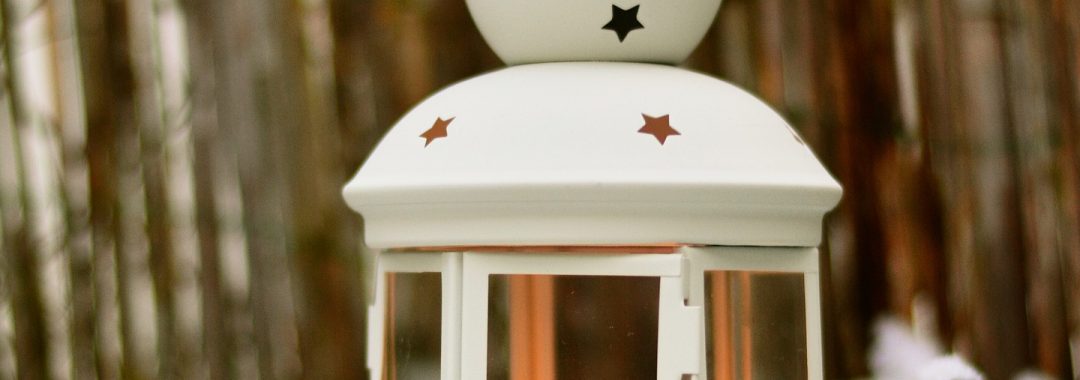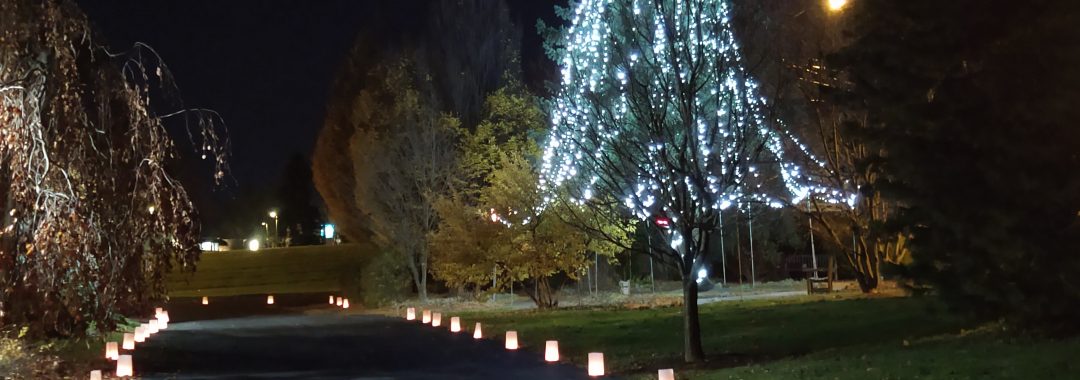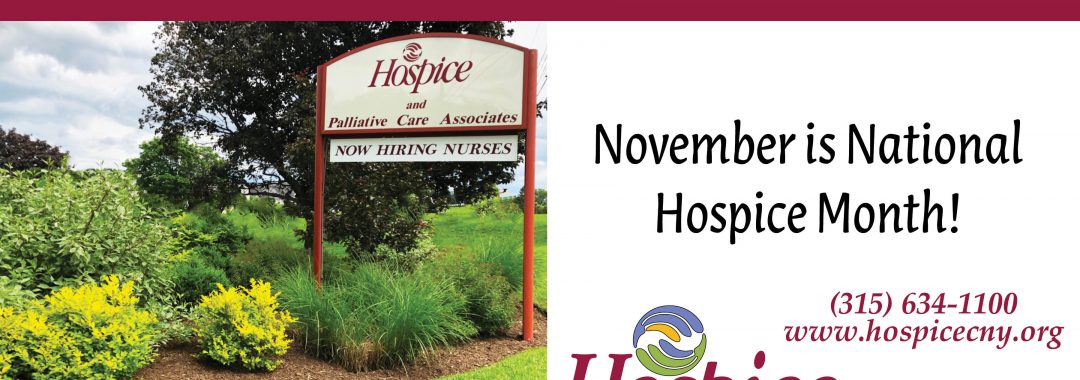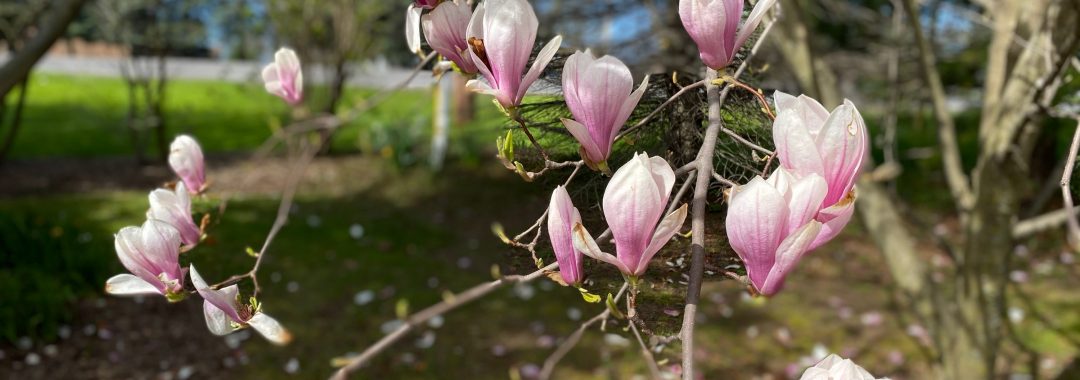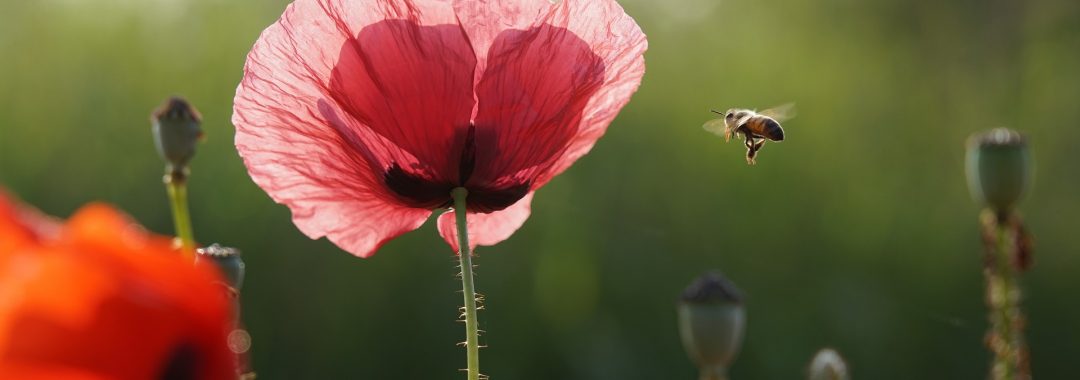During this unprecedented time which we are going through, we are having a shared grief experience. We are dealing with our emotions about the significant changes we have been enduring over the past couple of months and will continue to endure for an indefinite amount of time. With this uncertainty we are facing it is common for many of us, including children, to feel angry, anxious, sad, and scared along with many other emotions. How we each handle our grief during this time is likely very different from one another, even in our own family which is very common for any grief experience.
Unfortunately, there are many whom are dealing with intensified grief. Some have been experiencing grief over the death of a loved one along with their grief over the losses in daily life due to restrictions in place because of COVID-19. When a loved one dies there are often some rituals we can engage in to help us cope and process the death we have endured. However, now with social or physical distancing in place these cannot always be utilized due to safety and health concerns with the COVID-19 pandemic. Many families cannot come together to celebrate the life of their loved one that died as many places cannot hold large gatherings. Often, only immediate family can be a part of these death rituals we need to help us in our grieving process. All of this is likely to result in delayed grief meaning many will find their grief process delayed as they cannot partake in the meaningful death rituals many find helpful; this also applies to children and teens.
Children and teens need to be able to process the death of a loved one just as adults do, which includes being a part of death rituals. Many children now are struggling with the loss of not having the structure and routine school brings, not seeing their friends, and not being able to play certain games or in places outside (ex: playground) which can lead to children feeling like many adults do: angry, anxious, sad, and scared along with many emotions. Add in having to experience the death of a loved one during this time of quarantine and the emotions of many children and teens intensify. They may not be able to say what they are feeling or be able to identify it so they may act out, be more reserved, or just not appear to be their normal selves. For children and teens grieving the loss of a loved one, existential questions like
“What happens after death?” can be occupying their minds along with concerns about viruses and germs, and/or fears about their living family members and loved ones getting sick or dying with this happening during a pandemic.
Here are some ways to provide support and understanding to your children and teens:
Make a Safe Space. Invite children and teens to create a space that feels safe and comfortable enough for them to express their feelings as they come and go. Some ideas:
- Add twinkle lights to a quiet space. Invite the child(ren) to think, talk, or write about their loved one.
- Make a fort and watch a loved one’s favorite movie.
- Use bed sheets and clothespins to create “walls” for private nooks or corners
- Enhance the environment with plants or greenery, which make it easier to breathe. If you don’t have plants, create paper versions with construction paper or recycled homework.
Acknowledge that this is a strange and difficult time, even without the restrictions caused by the virus; children will be relieved to have their concerns noticed. Validate the concerns your children and teens have about the pandemic and the death of their loved one.
Reassure children. This is a worrying time for children anyway and the combination of bereavement and concern about the effects of the virus may make them particularly anxious that they are “not doing things right”. Reassure them that their relative knew they were loved and cared for along with that not attending the funeral is the right thing to do at this time.
Look after yourself. Super-parents or super-carers don’t really exist. Simply doing the best you can at this time is all that your children need. Take time to look after yourself too. Model how to take care of yourself and stay healthy. Work together to practice hand-washing, cook a nourishing meal, or take a walk outdoors.
Reach out for support. There are many resources on the internet to help parents and carers support grieving children. We are also available at The Hospice Grief Center via telephone (315) 634-2208.
Keep children informed (where possible and within their understanding) about what will happen to their relative’s body and how the funeral will take place.
Keep talking and keep listening to what children are saying about not being able to attend the funeral if they had wanted to go.
If children and/or teens are not able to attend the funeral, there are several ways to still make the experience special and deeply meaningful:
- Watch the funeral online from home if live streaming is offered.
- Try to video call each other for the service.
- Follow the same order of the service from home. The service could be a memorial or a religious ceremony. This could be at the same time or later when the relative who attend the funeral can share what happened.
- Photographs can be taken to show them and help them understand what happens at a funeral.
- Helpful ones can be: the outside of the place where the funeral is being held, the hearse, the casket (or equivalent), any flowers or decoration(s), and the interior of the place (with permission).
- Keepsakes from the funeral service can be very meaningful.
- Examples, some flowers from the tribute to press and keep, a leaf from one of the trees in the grounds, a pebble from the surrounding area, and/or the order of service.
- Have them participate by contributing to some of the choices within the ceremony.
- Examples: They could choose a piece of music, select a poem, or suggest flowers.
- Have them write and/or draw cards to be placed on or in the coffin or choose a toy or something meaningful to be placed with the person’s body.
- Have them write a tribute to the person who died which can be read by the person leading the service or by whoever is able to attend.
Adapted from: https://www.winstonswish.org/coronavirus-funerals-alternative-goodbyes/
For further information and support contact:
The Hospice Grief Center
Phone: (315) 634-2208
Website: www.hospicecny.org
